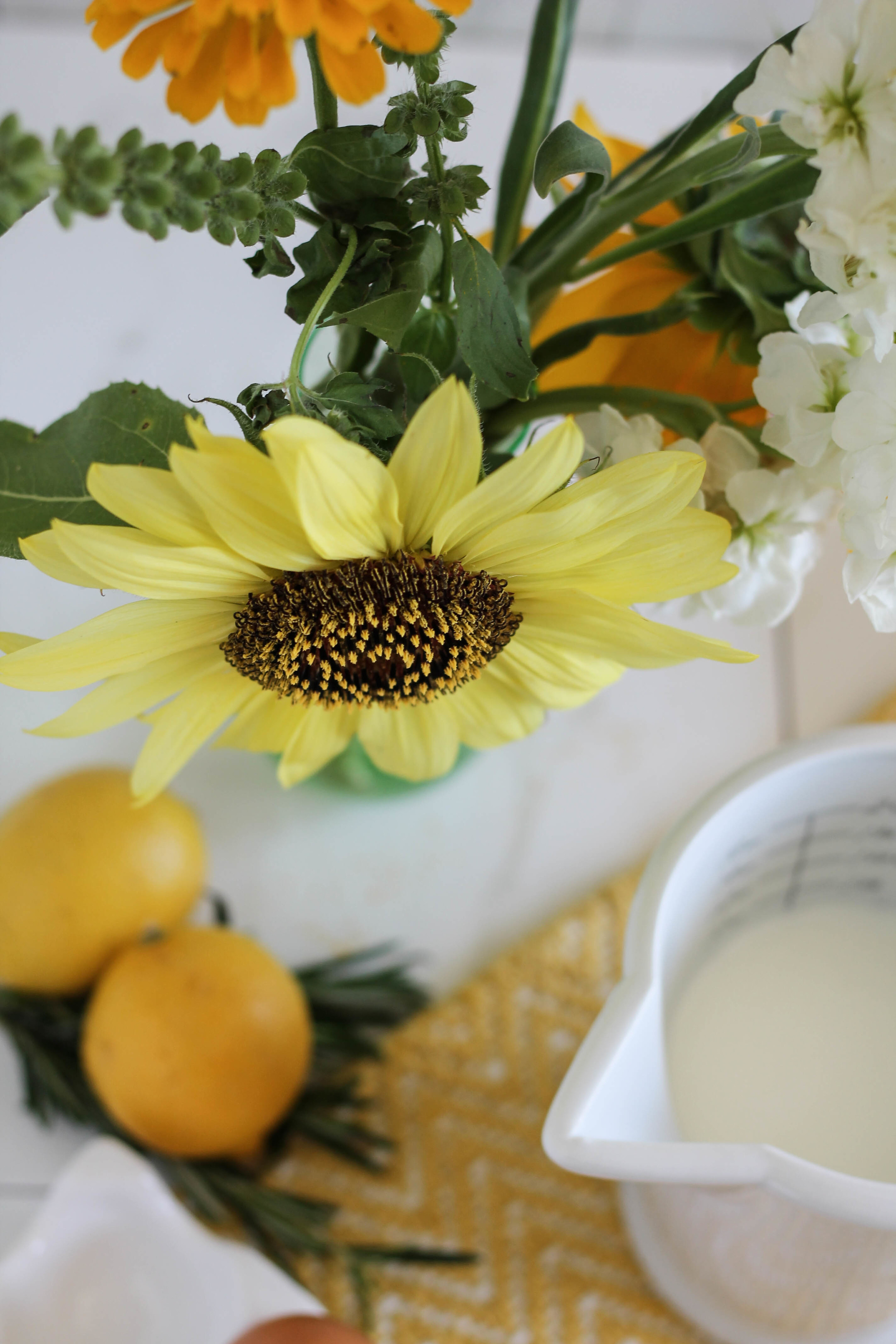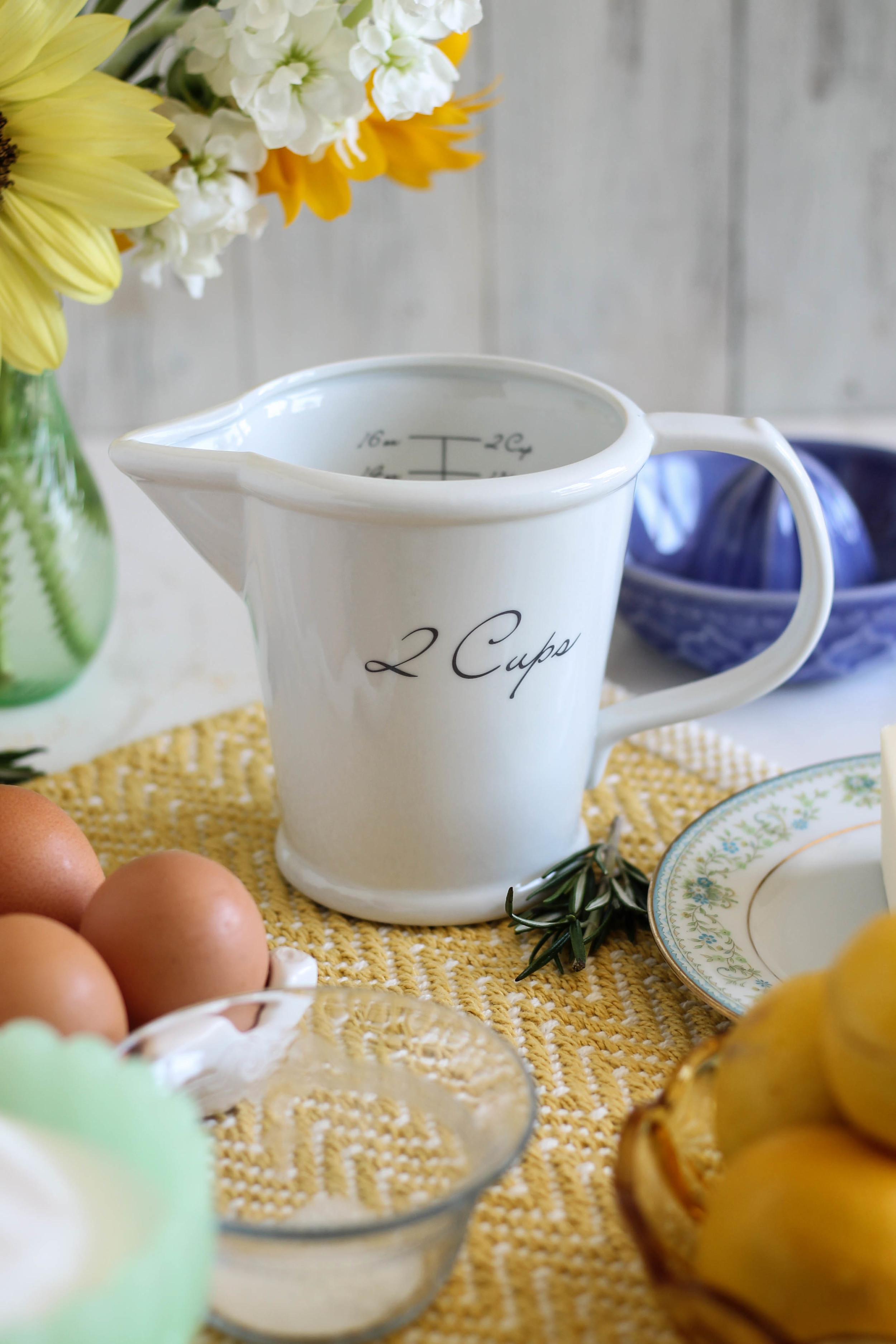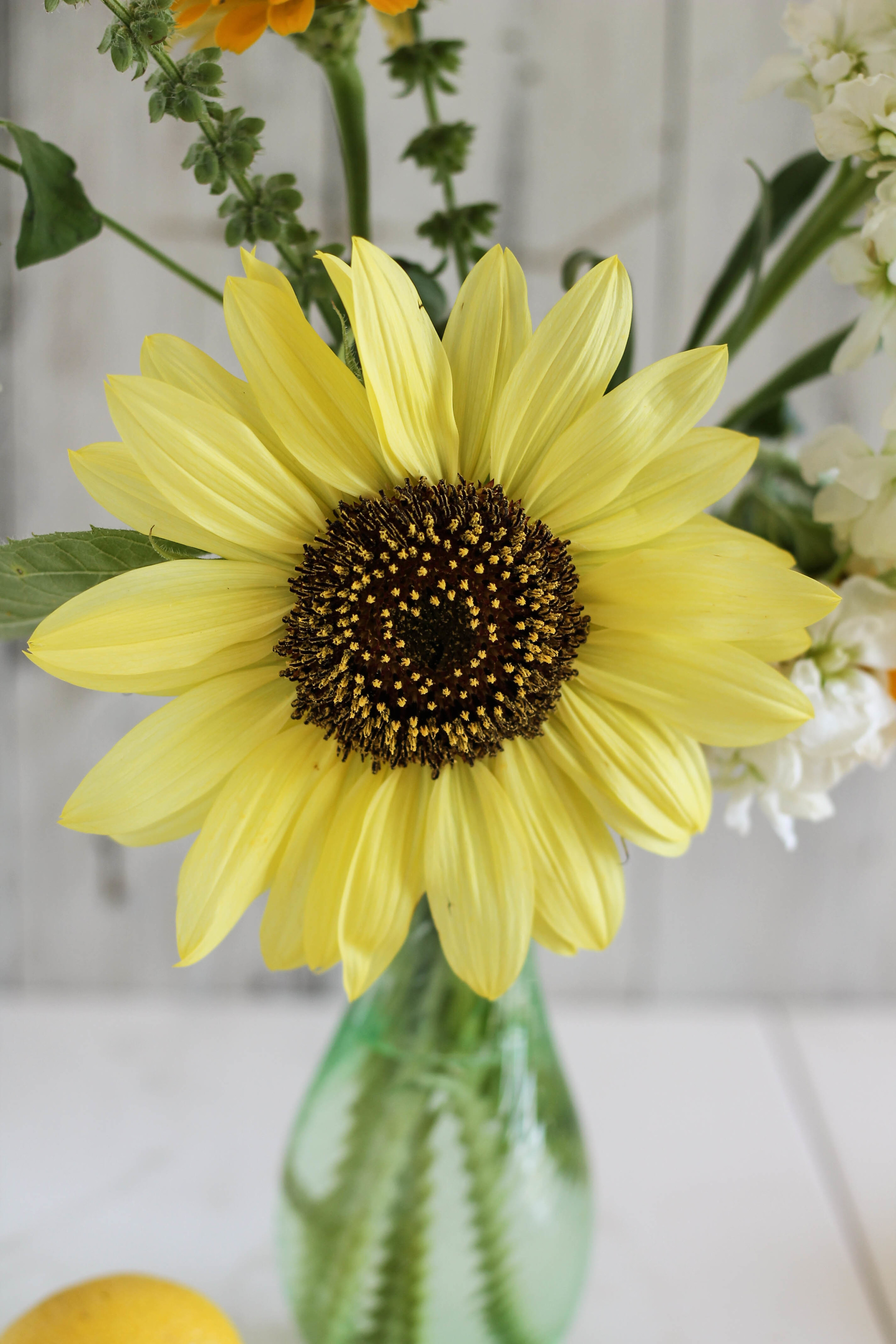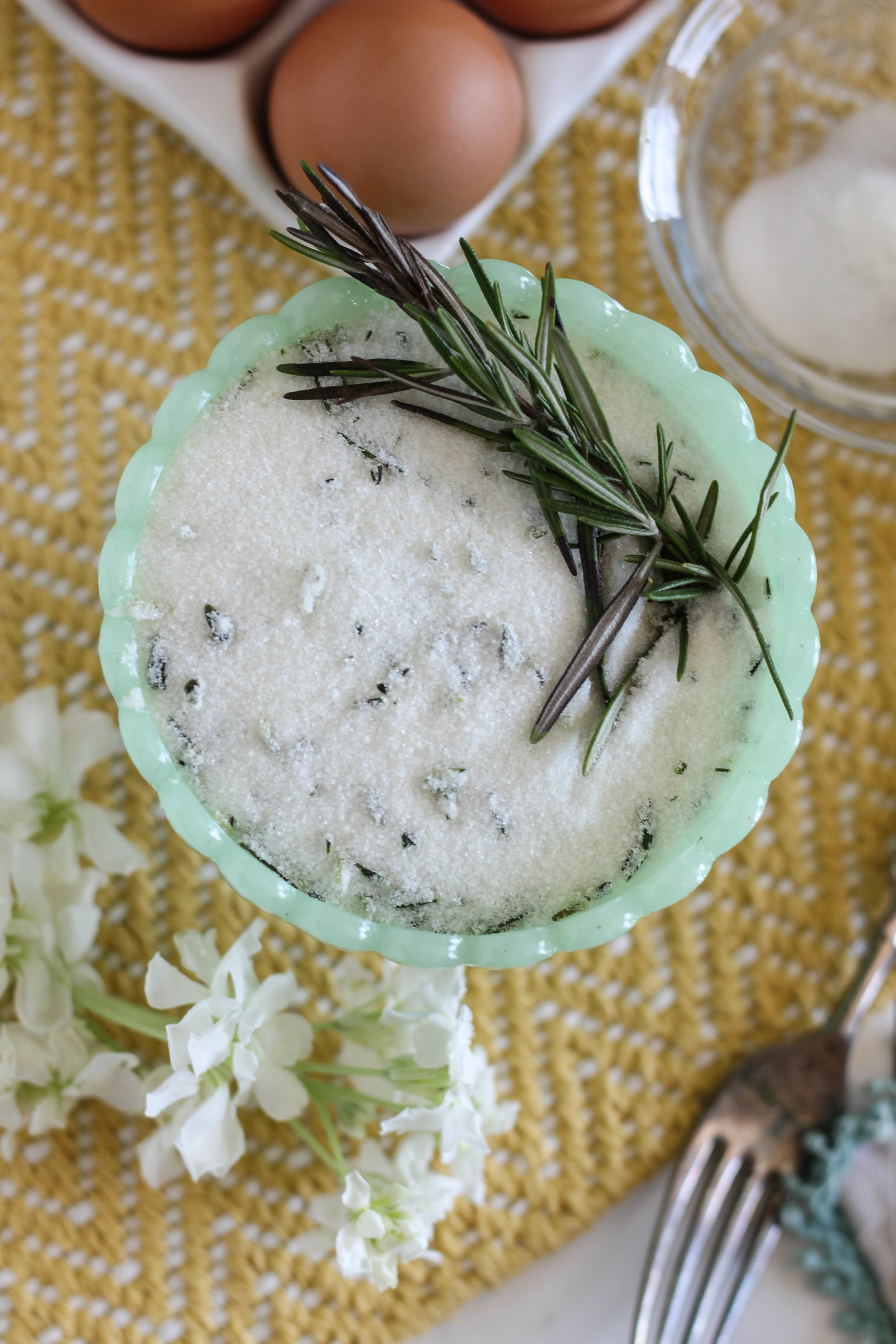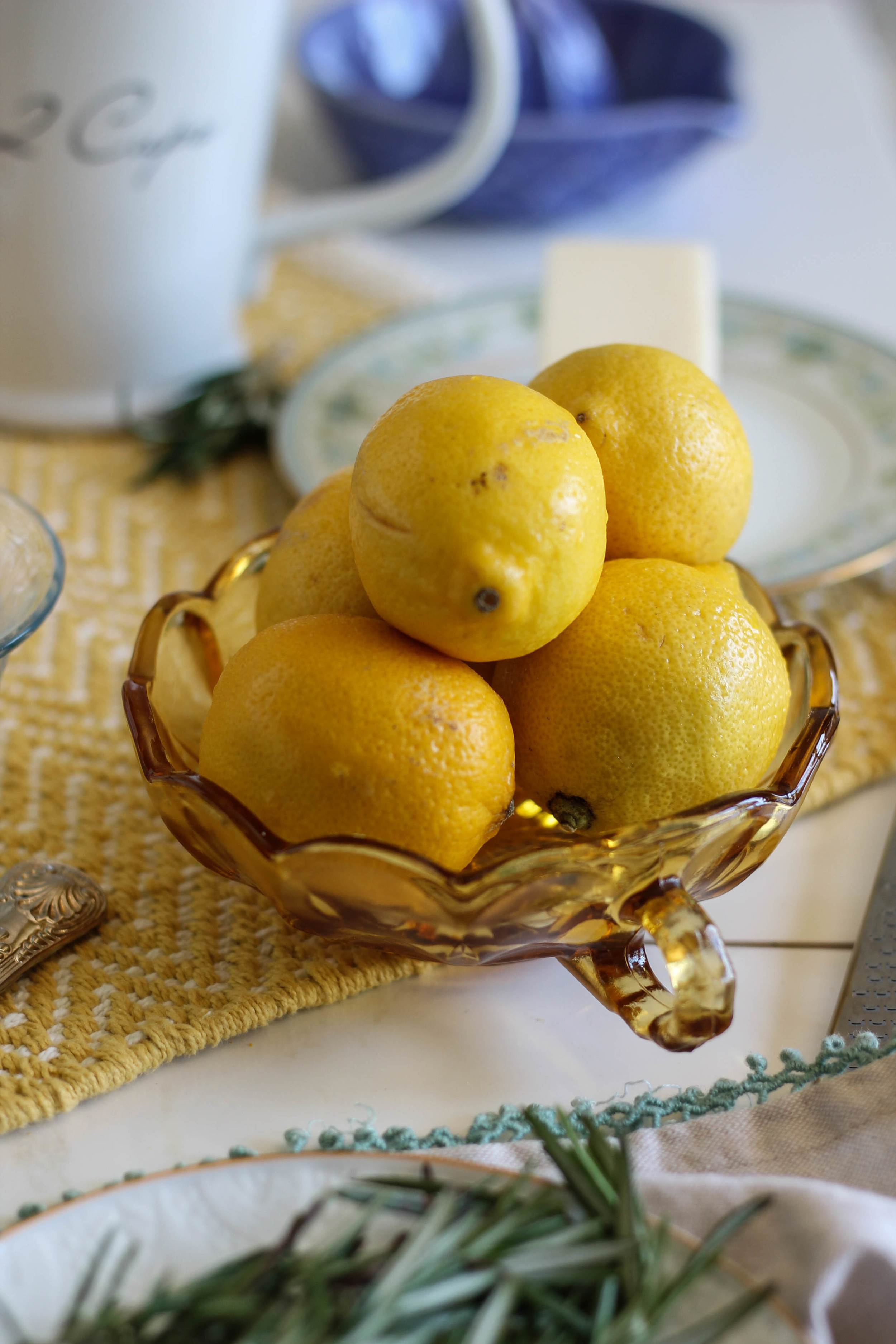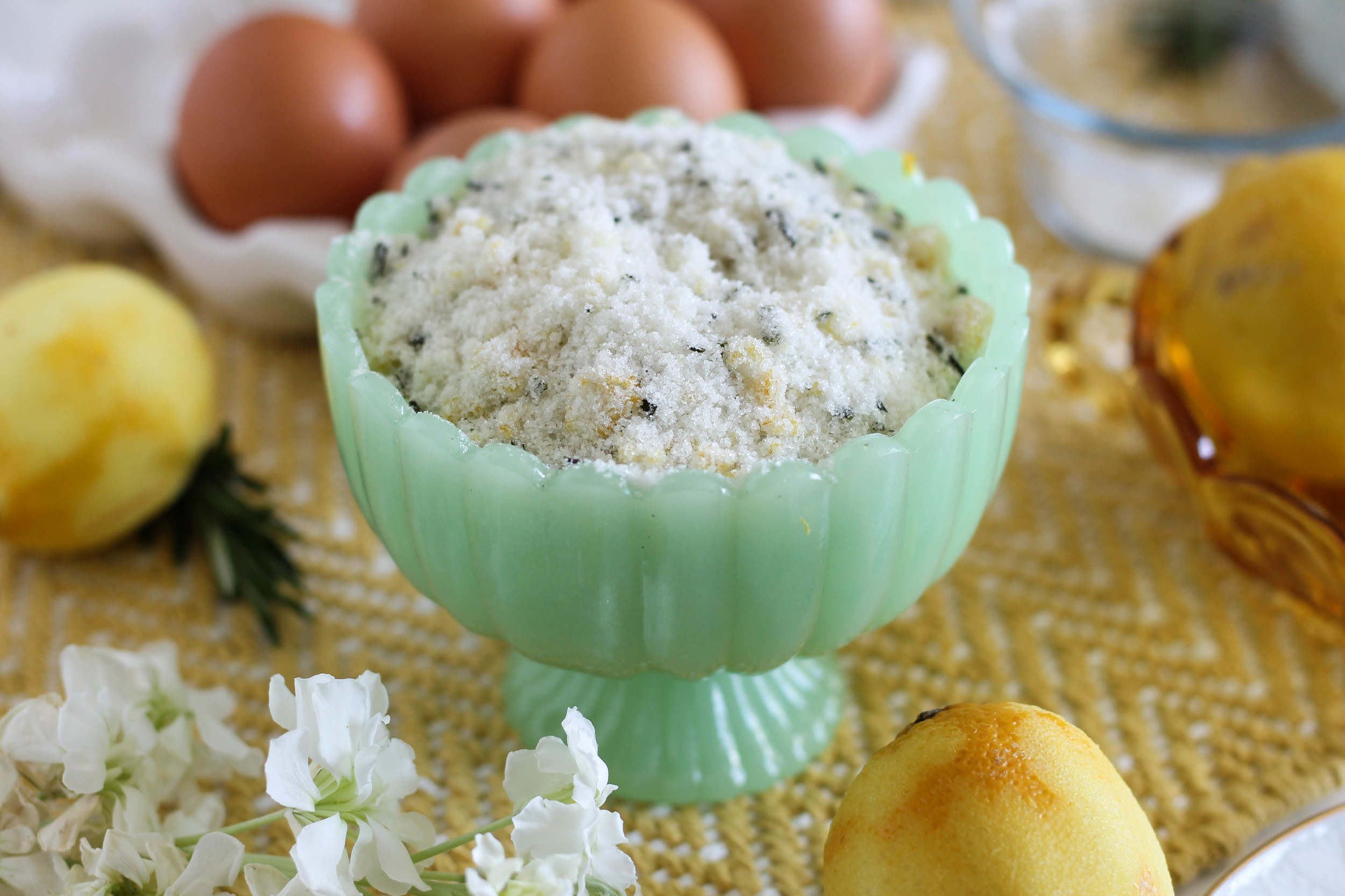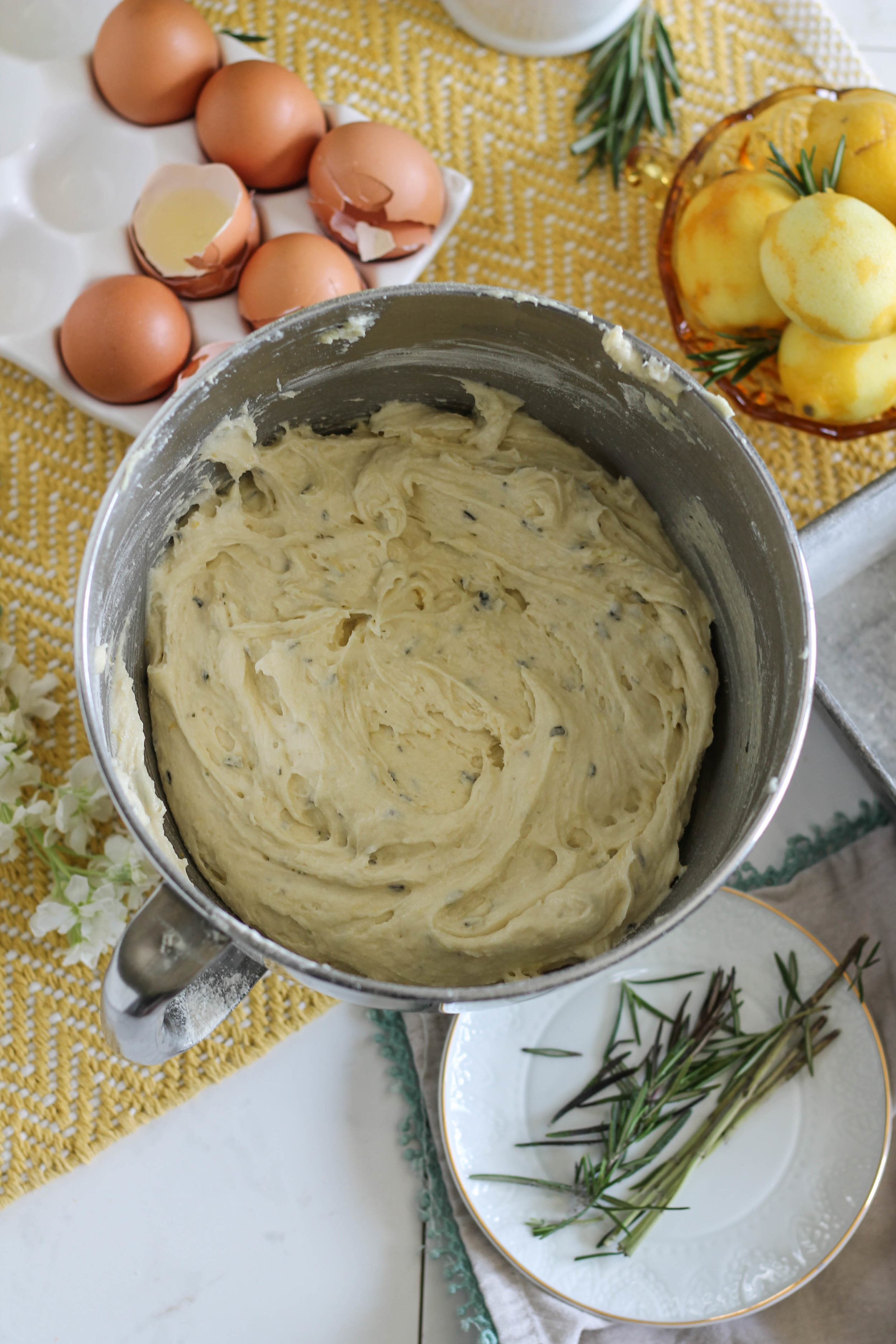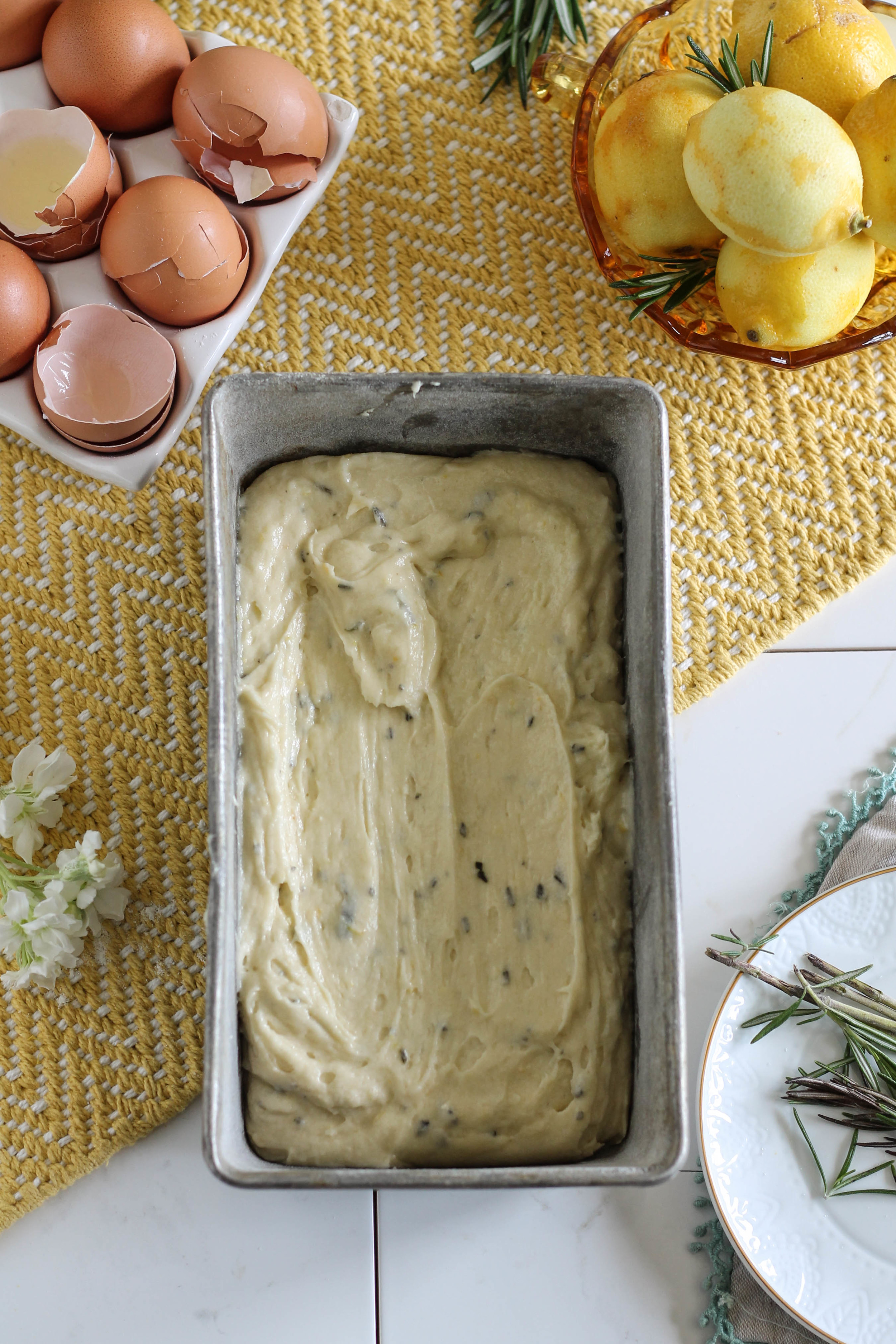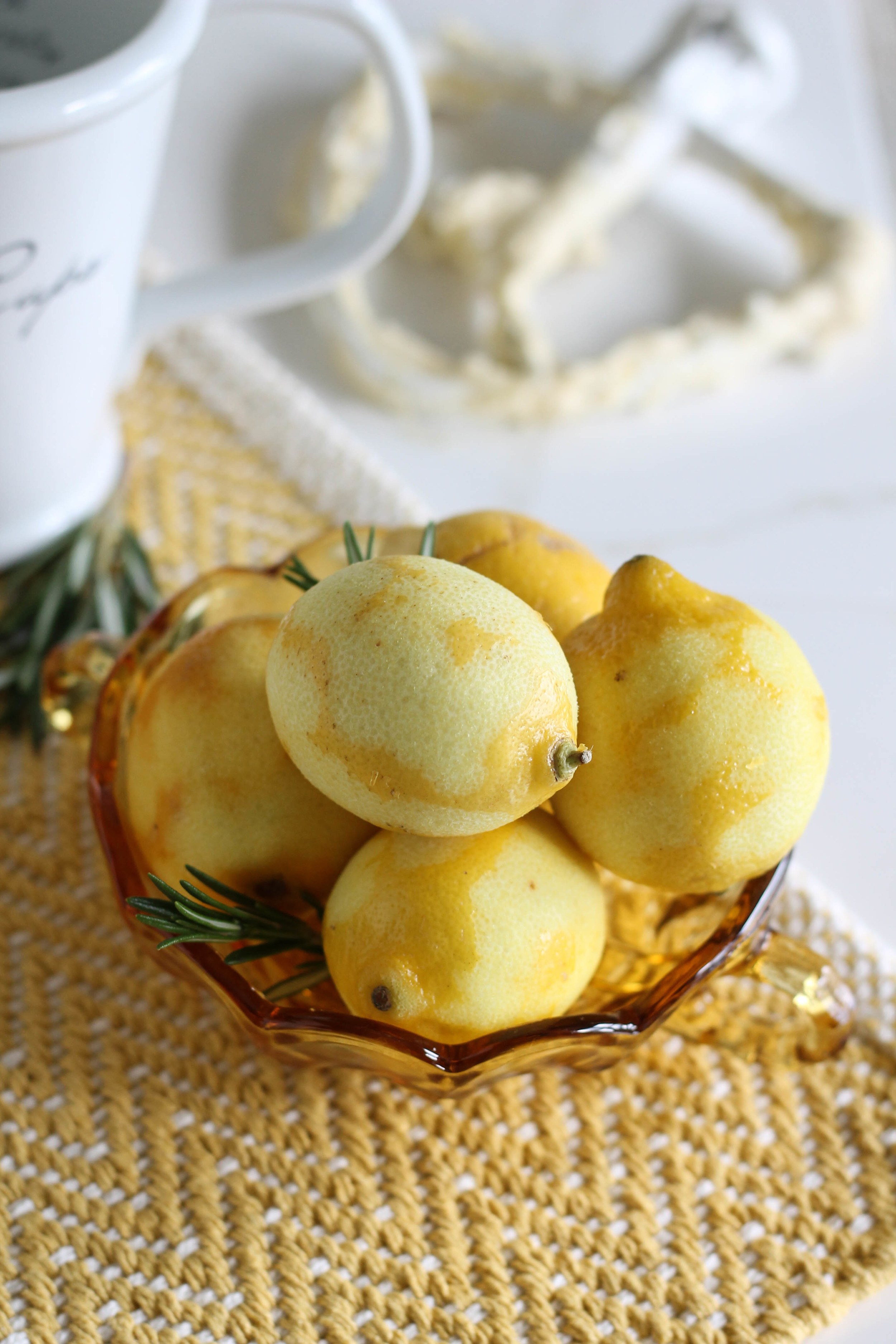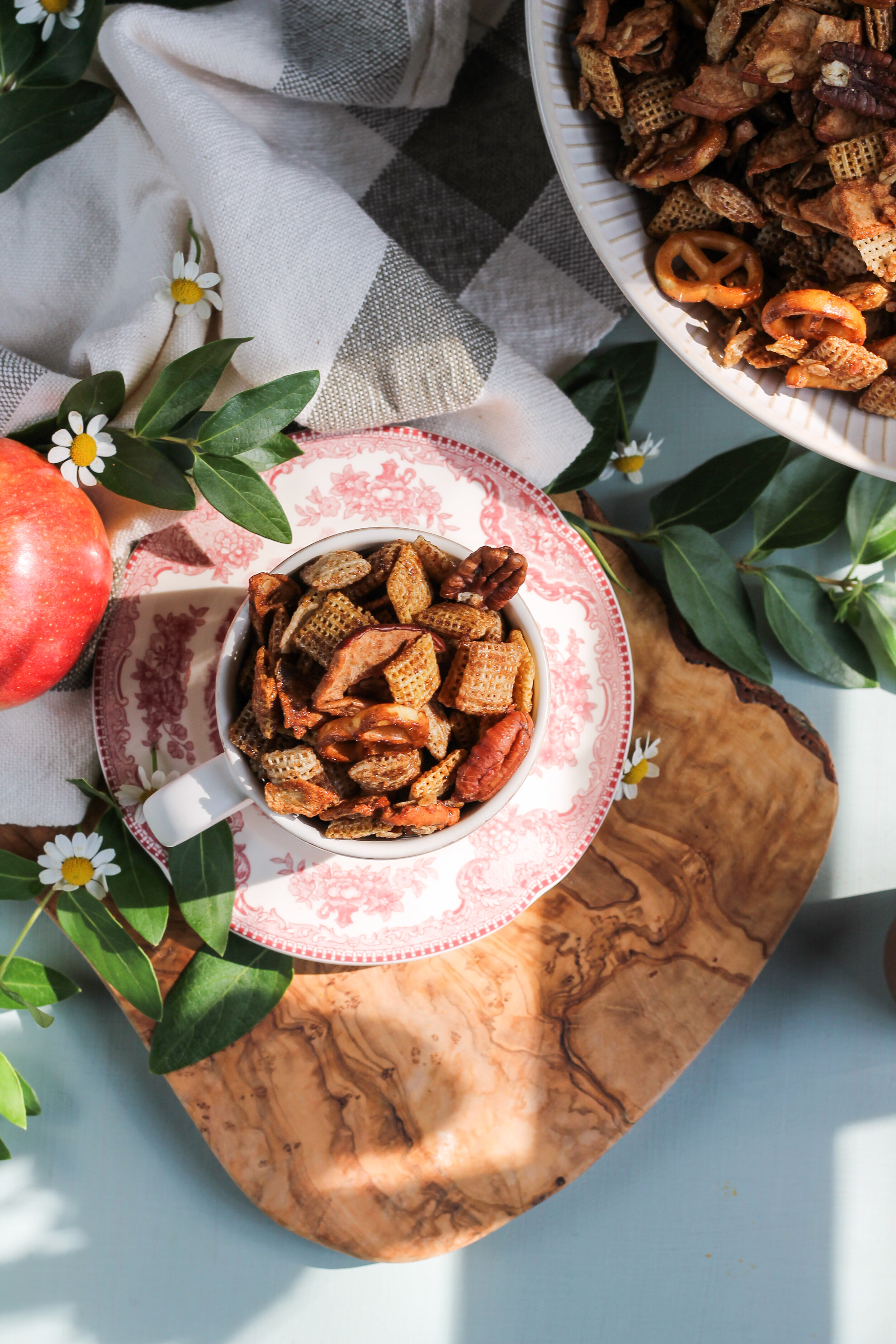I often most enjoy food when I do not have to eat. I'm a big believer in decadent, prodigious cheese and charcuterie trays that can be enjoyed about an hour before dinner is served. I love cake and tea around four o'clock in the afternoon. In short, I love eating at the times when my mother would tell me not to eat because it would spoil my dinner. She had not yet realized that regardless of my previous indulgences, I will always be ready for another meal.
If it were not for late morning breakfasts or afternoon tea breaks, I feel that loaf cakes such as this one would be but an orphaned comestible, lacking in purpose and occasion.
While we offhandedly call it a cake, these lightly sweetened loaves fall somewhere between a cake and a quick bread. While they indeed make a very nice dessert, I enjoy them most in the mornings with a smooth, creamy latte, or in the afternoon with a strong brew of Earl Grey.
Their mellow sweetness makes them the ideal "pick me up" in instances where another fried egg seems far too mundane, and it is still too early for chocolate cake to be socially acceptable.
Much like banana bread, it is all too easy to snatch away a slice every time you walk through the kitchen. Perhaps this is why these "snack cakes" are some of my favorite cakes.
Like all good cakes, this one begins with butter and sugar.
In order to pull as much flavor from our enhancers as possible, the lemon zest and rosemary are pressed into the sugar before its rendezvous with the butter. This will provide the flavors with something to hold on to.
The rosemary gives this cake an herbaceous note that is just dreamy with the piquant lemon and tangy buttermilk.
After the butter and sugar have reached the peak of fluffiness, eggs, buttermilk, flour, and leavening join in, creating the richest of batters.
While you could bake this cake into a regular, ol' round cake pan, it is really best suited to the loaf shape. Remember, this is a slice-as-you-go kind of cake.
The most agonizing part of this entire process is waiting for the cake to cool. But, though it is hard to wait, the cooling time is nonnegotiable. Not only will it give the cake a chance to firm up so that it does not turn into a pile of crumbs, the flavors are also much more prominent when the cake is cool.
Thankfully, we have icing-making to occupy us.
You know how to make a confectioner's sugar glaze, right? Sure you do!
And you would never, ever, ever add the confectioner's sugar without sifting it first, would you? Of course you wouldn't.
This is the part where I started pretending that I was a contestant on The Great British Bake-Off and Paul's glassy blue eyes were looking at my icing with impressed adoration.
We all have our dreams...
At this point, your kettle should be whistling, your emails put on hold, and your favorite candle lit. It's time for a little break.
In the misquoted words of a very fashionable lady, let us eat cake!
Sincerely,
Pedantic Foodie
Lemon Rosemary Buttermilk Cake
makes one 9x5 loaf / loosely adapted from Ina Garten
- 1 cup granulated sugar
- 2 sprigs rosemary, leaves stripped from stems
- zest of 2 medium lemons
- 1 1/2 cups all-purpose flour
- 1/4 teaspoon baking powder
- 1/2 teaspoon salt
- 1/2 cup unsalted butter, softened
- 2 eggs
- 6 tablespoons buttermilk
- 1 cup confectioner’s sugar
- 2 tablespoons + 1 teaspoon fresh lemon juice
Preheat oven to 350 degrees.
In a small bowl, combine lemon zest, granulated sugar, and rosemary leaves. Press the zest and rosemary into the sugar with the tines of a fork, then transfer the mixture to the work bowl of your food processor. Pulse until the rosemary is finely chopped and the sugar is fragrant. Set aside.
Sift to combine flour, baking powder, and salt.
Fit your stand mixer with the whisk attachment and beat butter for 1 minute on medium speed; until fluffy. Add rosemary sugar and beat for an additional minute.
With the mixer on medium speed, beat in eggs, one at a time, scraping down the sides of the bowl as necessary.
With the mixer on low speed, incorporate the flour mixture and buttermilk in increments, alternating between the two until all the ingredients are well combined.
Spray a 9x5-inch loaf pan with nonstick spray and dust with flour. Shake to remove any excess flour.
Fold the batter into the pan and smooth the surface with a spatula.
Bake for 45-50 minutes, until the cake is deep golden and a fork comes out clean when inserted into the center.
Remove from the oven and allow to cool for 10-15 minutes before transferring the cake to a cooling rack. Allow the cake sit for 20-30 minutes before icing. The cake should be warm, but not hot.
Place lemon juice in a medium mixing bowl and slowly sift in the confectioner’s sugar, while whisking constantly. When the icing is thick and all the sugar has been incorporated, pour the icing over the cooled cake and allow it to set for 20 minutes.
Slice and serve! Enjoy!



